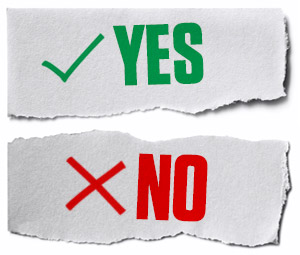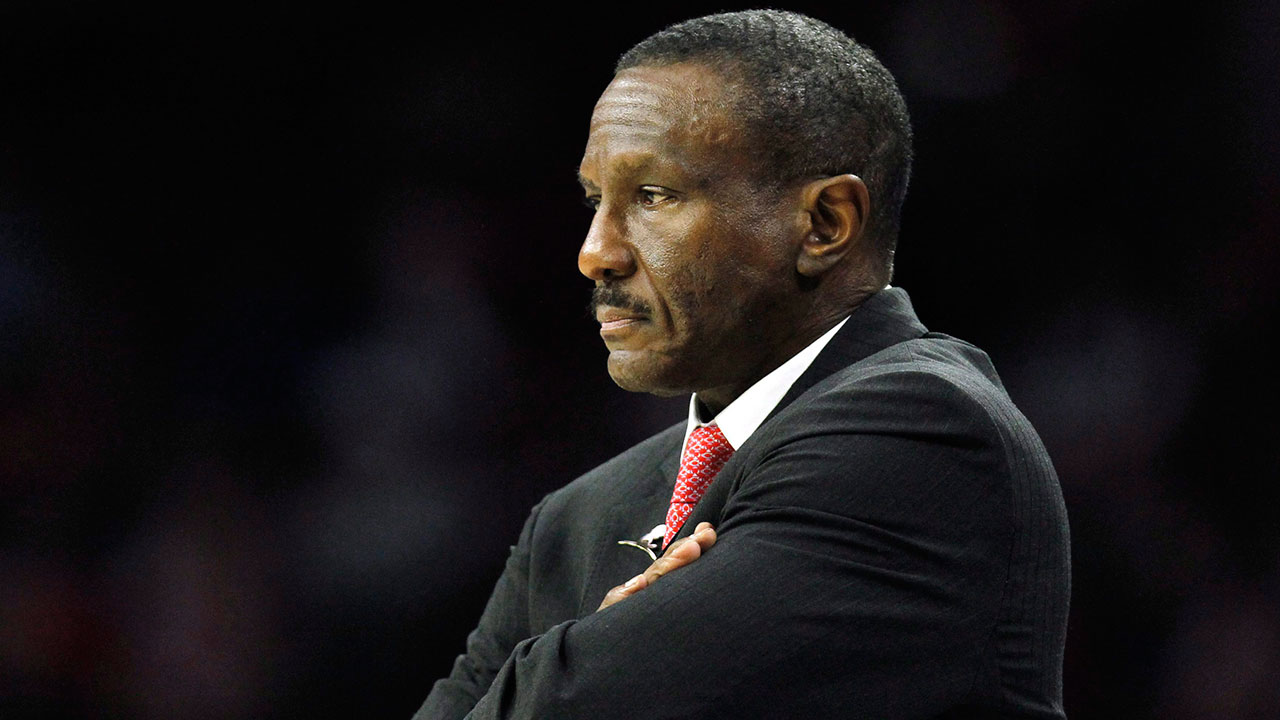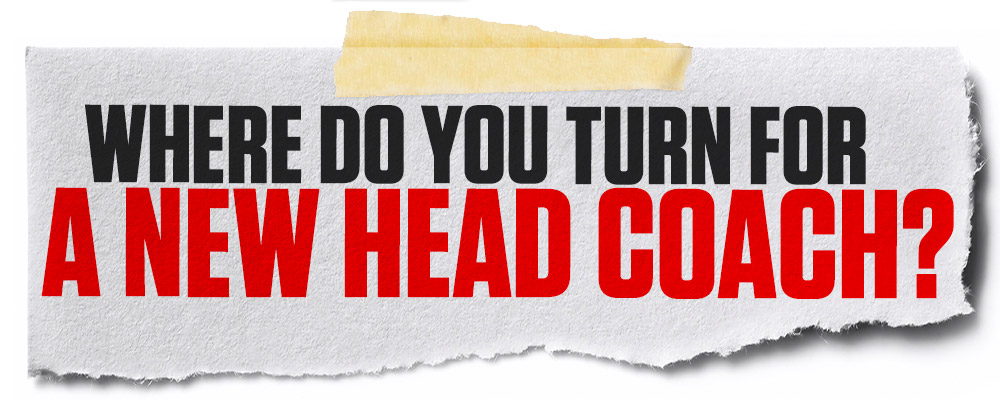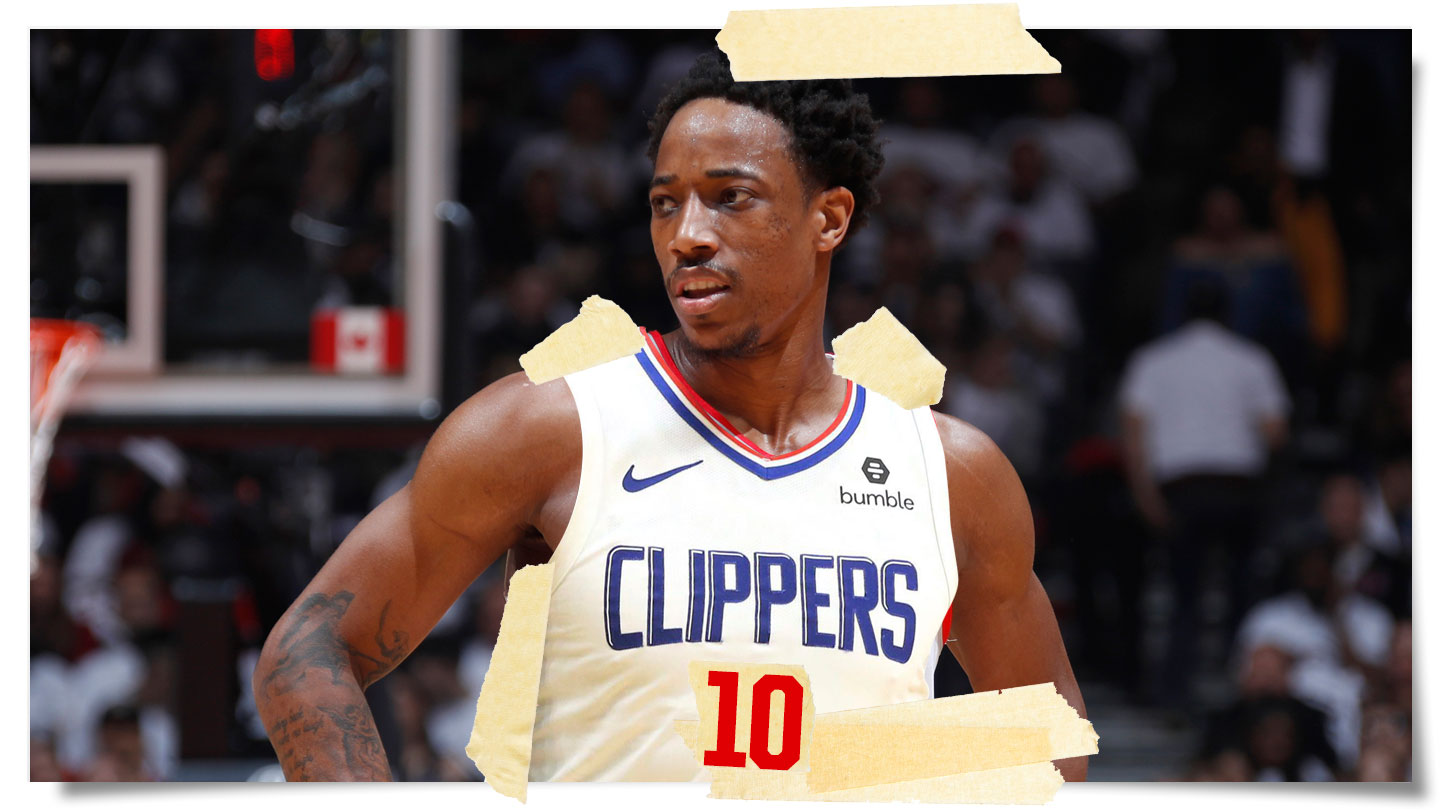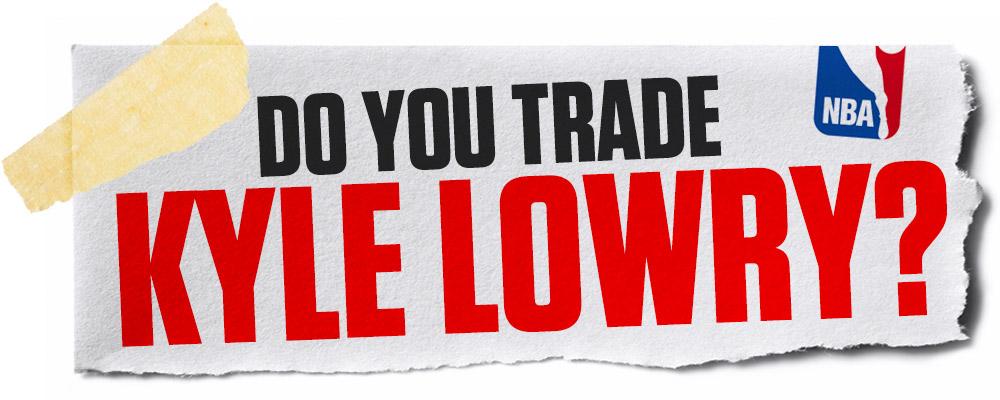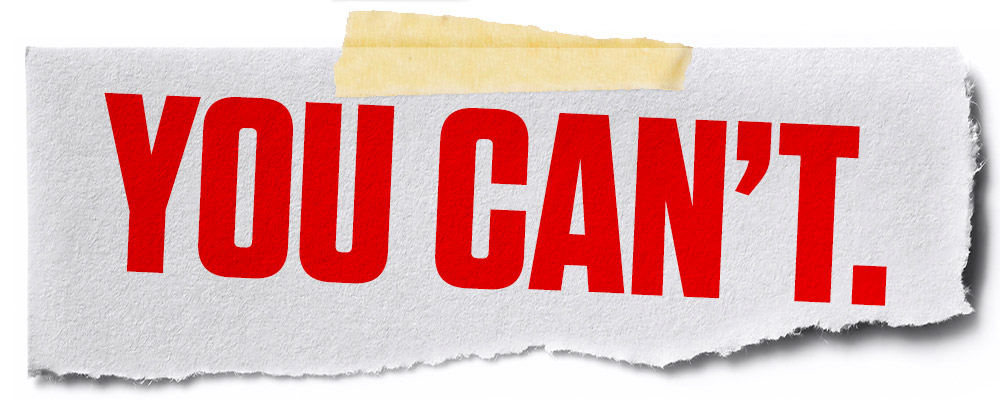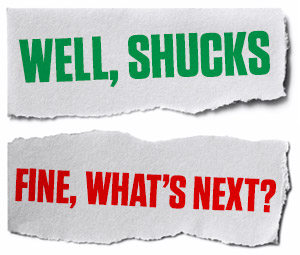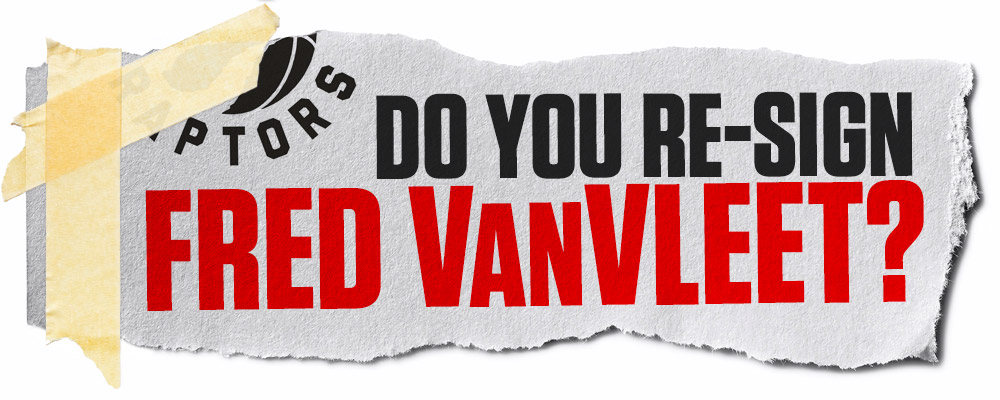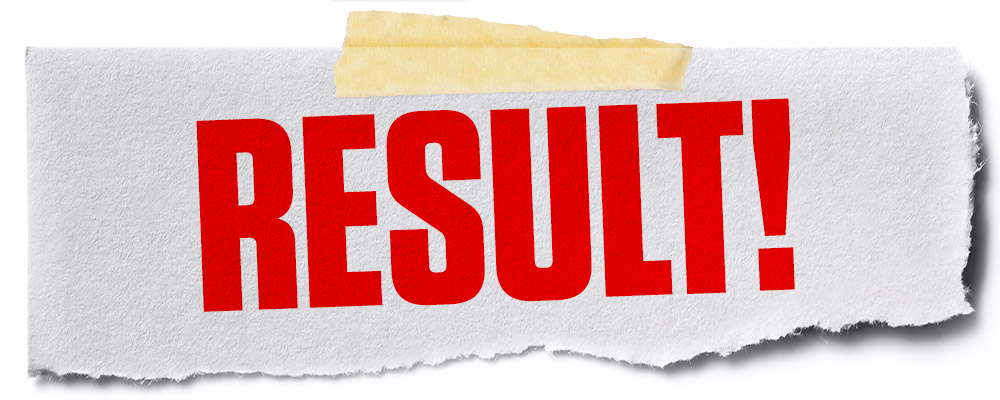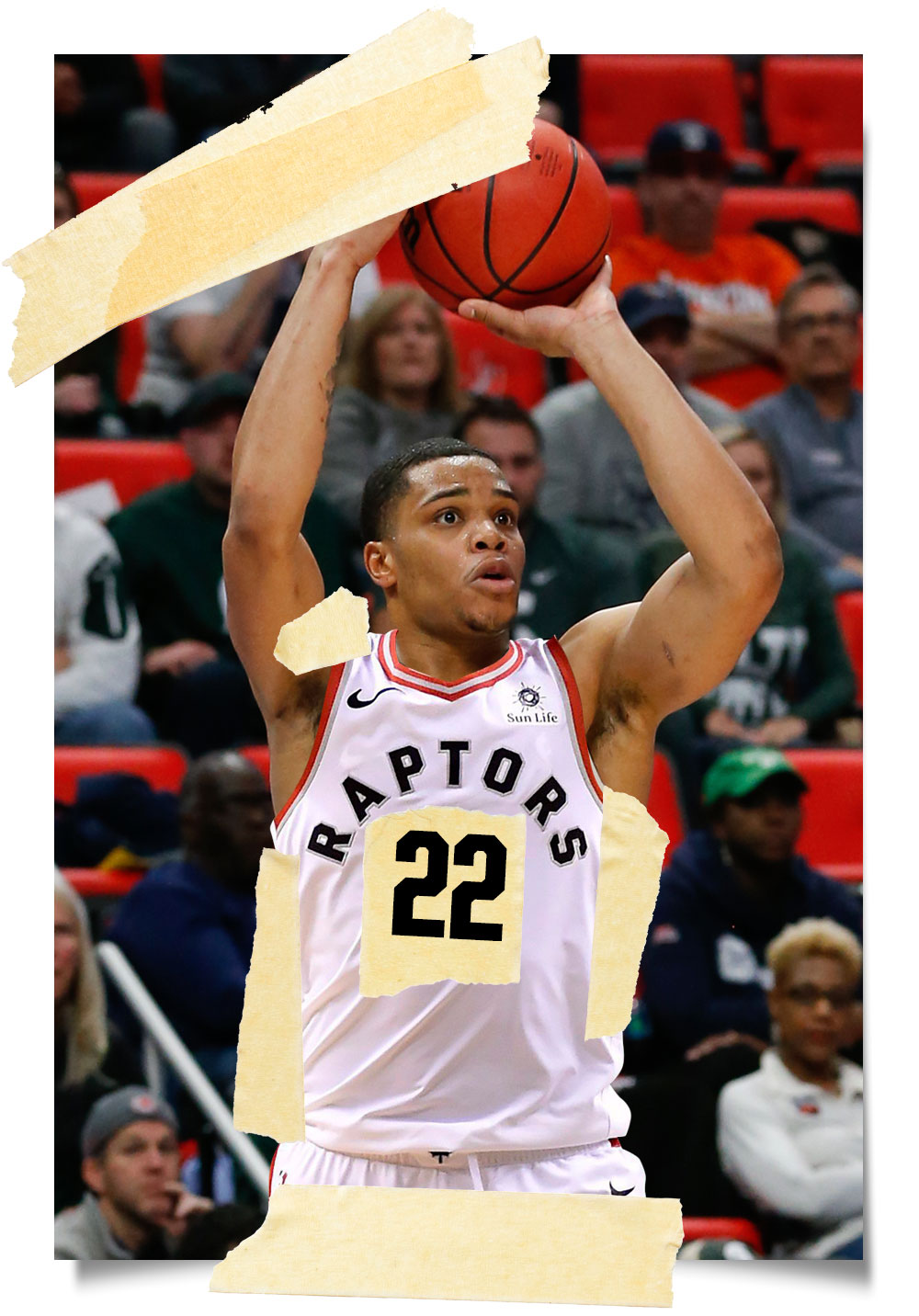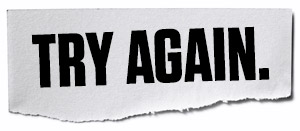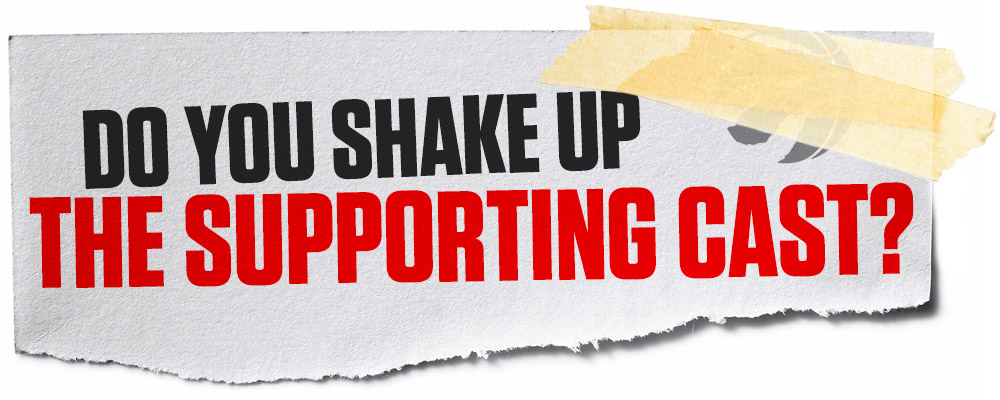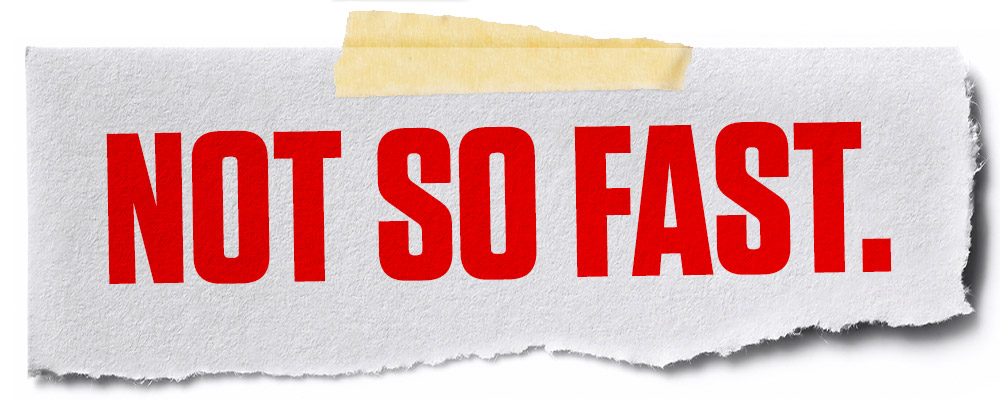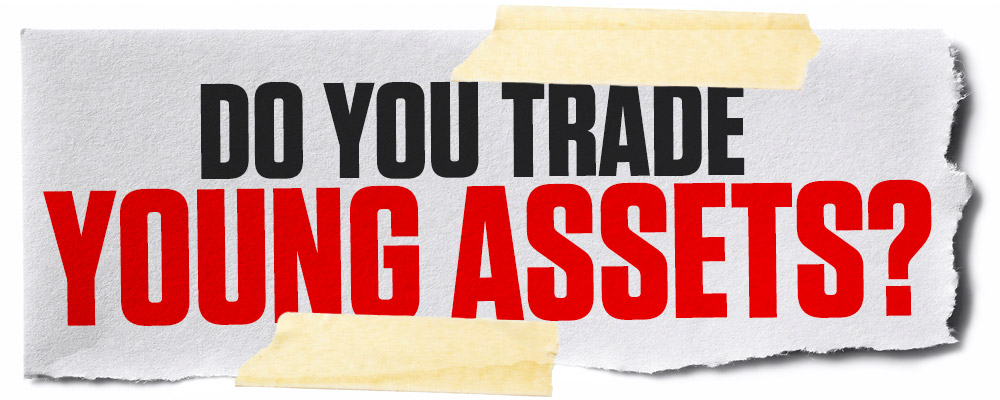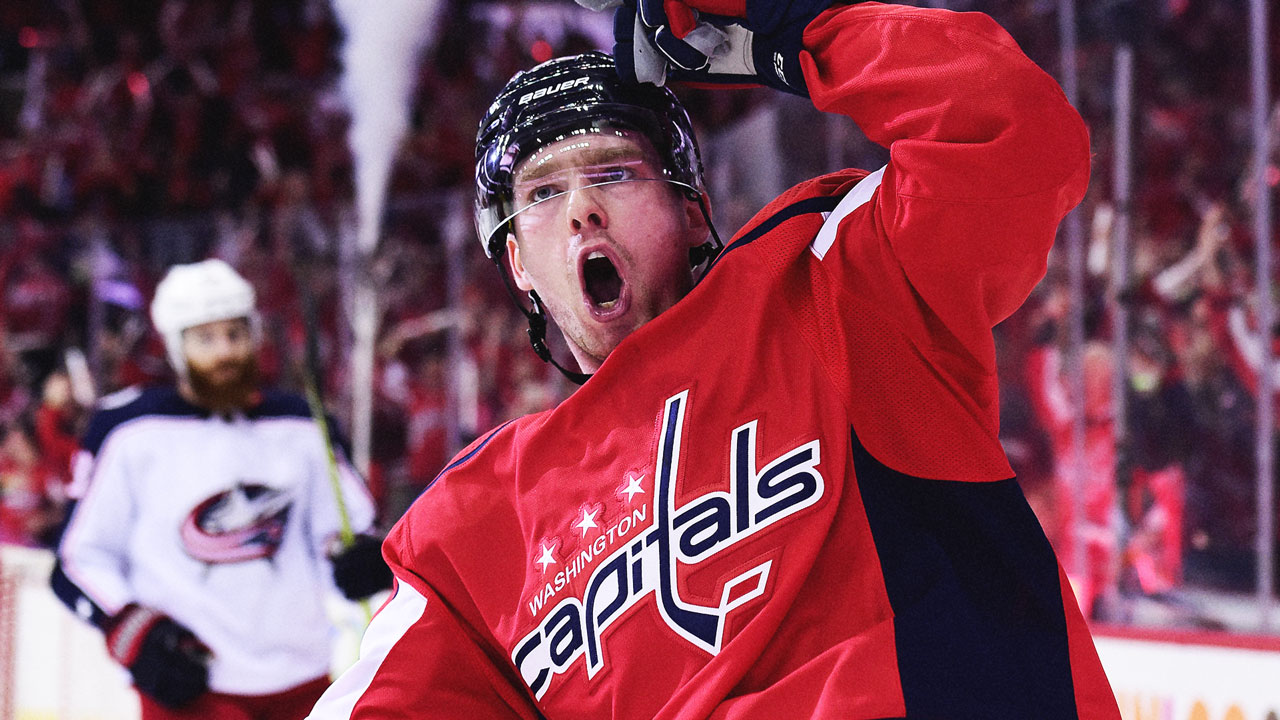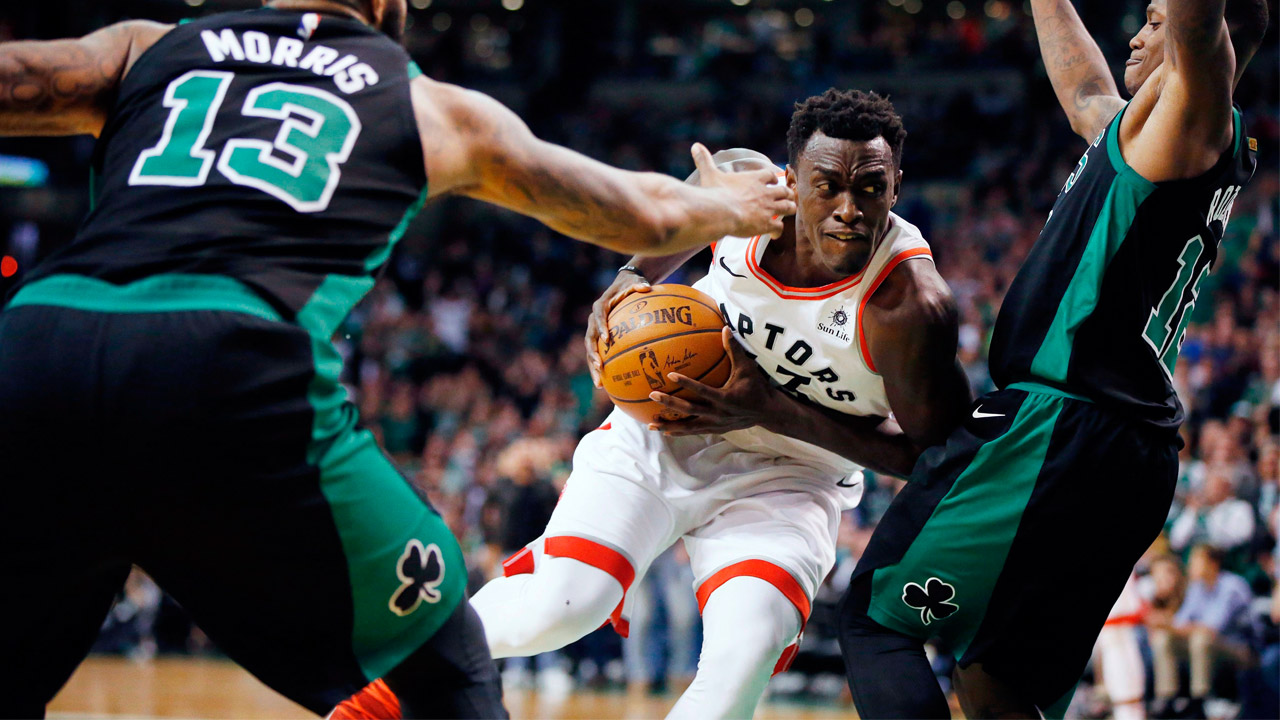So, you’ve decided you’re better off with DeRozan. That makes sense. He’s still just 28, is on track to keep getting better, and his contract, significant as it is, remains relatively valuable compared to others who produce at his rate.
However, hanging on to him also keeps you at the salary cap threshold, impacting other decisions — like, say, whether you re-sign Fred VanVleet. VanVleet is a restricted free agent and you’ll have the opportunity to match any deal offered to him. But after a breakout season that saw him earn just over $1 million, he’s due for a hefty raise. Keeping DeRozan and re-signing VanVleet means going above the cap and into the luxury tax — if ownership is willing.
So, are you considering buying yourself some wiggle room by moving DeRozan’s co-captain?
After inking a three-year extension last summer, Lowry tops the Raptors with an average annual salary of $33 million. At 32, he may be on the wrong side of his prime but he continues to produce at an all-star level. He’s a fierce competitor and, like DeRozan, sacrificed individual success for team glory last season, taking a slightly diminished role to allow the young guards behind him to flourish.
On paper, playing fewer minutes than any season other than his first in Toronto in 2012, allowed him to enter the playoffs rested and free of the wear-and-tear that has caught up to him in post-seasons past. In the Raptors’ first nine games Lowry averaged nearly 20 points, nine assists, and two steals while shooting 45 per cent from behind the arc. But in a do-or-die Game 4 against Cleveland, he scored five points and took just seven shots. How much does a single-game performance like that factor into your decision-making?
Lowry’s contract, age, and playoff performance will make him difficult to move, and the return is sure to be well below-value. And remember: If you don’t re-sign VanVleet, that means Delon Wright becomes the lone point guard on your roster for now.
Lowry and DeRozan are the most iconic duo in franchise history. They form arguably the East’s best backcourt, have made multiple all-star teams together, and catapulted the Raptors back to relevance. But be it for financial or basketball reasons, does Lowry have to go?
